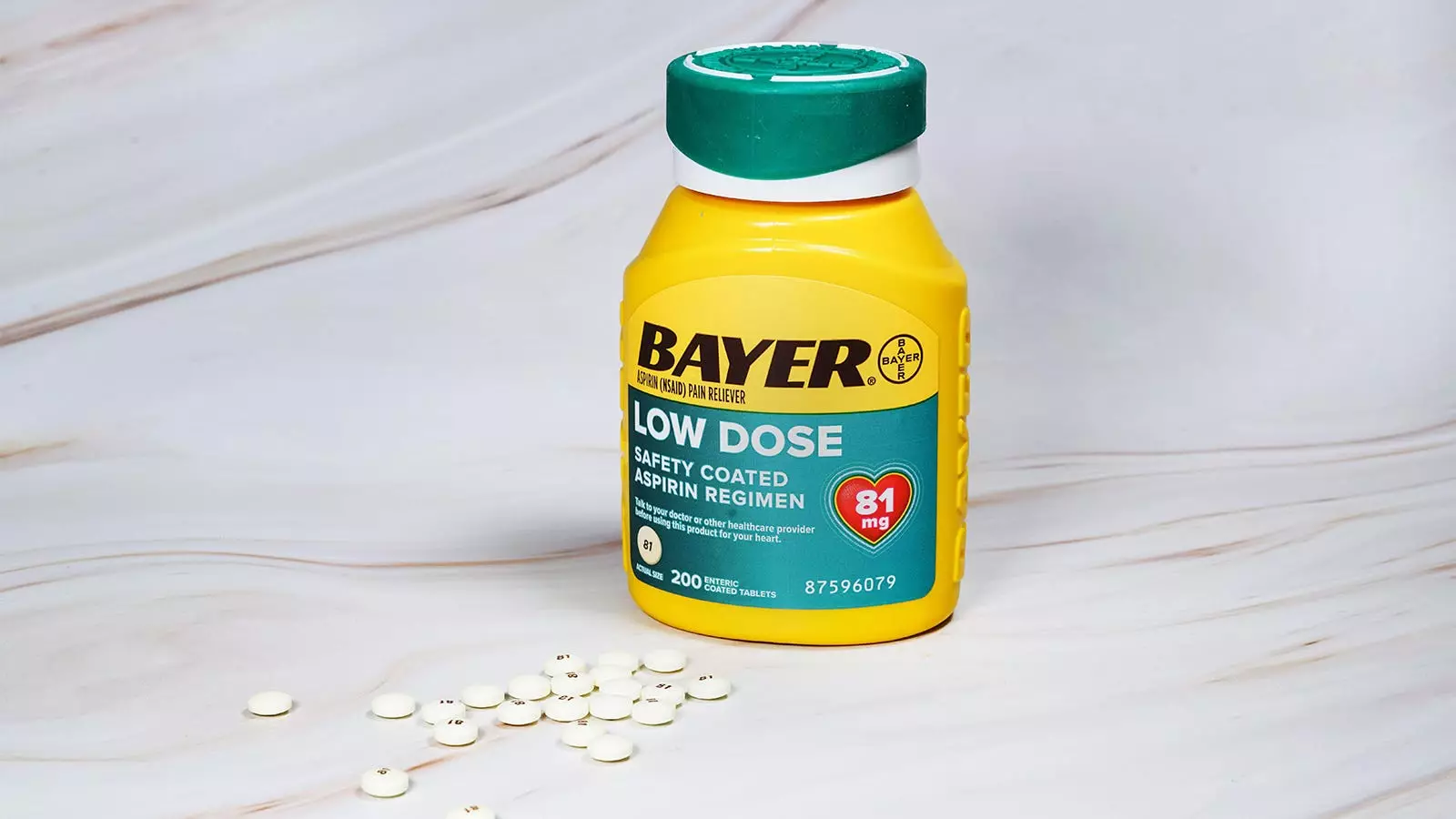Aspirin has long been used for secondary prevention of atherosclerotic cardiovascular disease (ASCVD). However, the use of enteric coating on aspirin pills has been a topic of debate regarding its effectiveness and safety. A recent study, known as the ADAPTABLE trial, aimed to investigate whether enteric coating impacted the outcomes of ASCVD patients. This analysis critically evaluates the findings of the study and examines the implications for patients.
The Study Design and Results
The ADAPTABLE trial included over 10,000 participants with ASCVD who were already using aspirin. The study compared the incidence of myocardial infarction, stroke, or all-cause death between those using enteric-coated aspirin and those using uncoated aspirin. The results indicated that there was no significant difference in the combined incidence of these events between the two groups. This suggests that enteric coating did not improve the effectiveness of aspirin for secondary prevention of ASCVD.
One potential advantage of enteric coating is its supposed ability to decrease gastrointestinal (GI) bleeding associated with aspirin use. However, the ADAPTABLE trial did not provide conclusive evidence on this matter. The study authors acknowledged that their analysis did not assess minor GI tract bleeding or other bleeding events. Therefore, it is uncertain whether enteric coating significantly reduces the risk of bleeding complications.
Confounding Factors
The observational nature of the study introduces several limitations. Participants self-reported the type of aspirin formulation they used, which may have introduced bias. It is possible that unknown confounders influenced the choice of aspirin formulation by the participants. Additionally, the study did not track whether participants adhered to their initial reported formulation or switched formulations during the trial. These factors make it difficult to draw definitive conclusions from the study findings.
Despite the lack of clear differences in clinical outcomes, the authors of the ADAPTABLE trial emphasized the need for further research. They suggested that more studies should be conducted to determine the most appropriate formulation and dose of aspirin for individual patients with ASCVD. The current evidence does not support the superiority of enteric-coated aspirin over uncoated aspirin. Therefore, healthcare professionals should carefully consider the individual needs and preferences of their patients when prescribing aspirin for secondary prevention of ASCVD.
The ADAPTABLE trial provided valuable insights into the effectiveness and safety of enteric-coated aspirin for secondary prevention of ASCVD. Although the study did not demonstrate clear differences between the two formulations, it highlighted the importance of tailoring aspirin treatment to individual patients. Further research is needed to determine the optimal formulation and dose of aspirin for different patient profiles. In the meantime, healthcare providers should base their decisions on the available evidence and engage in shared decision-making with their patients.


Leave a Reply